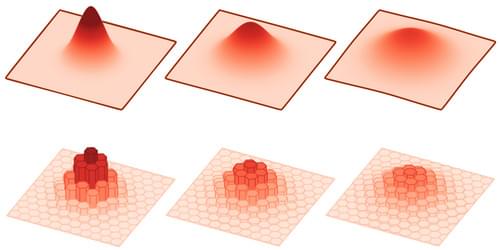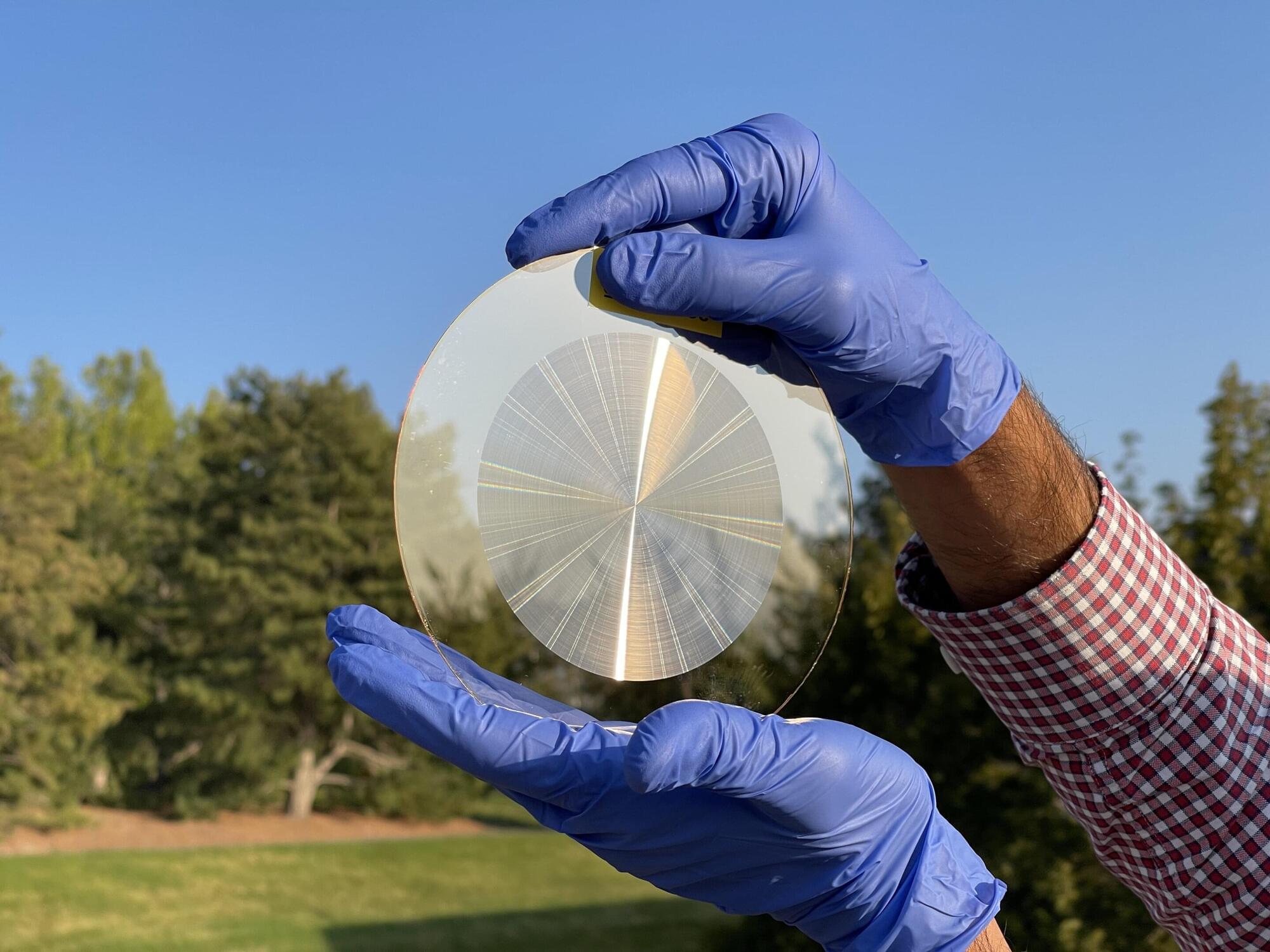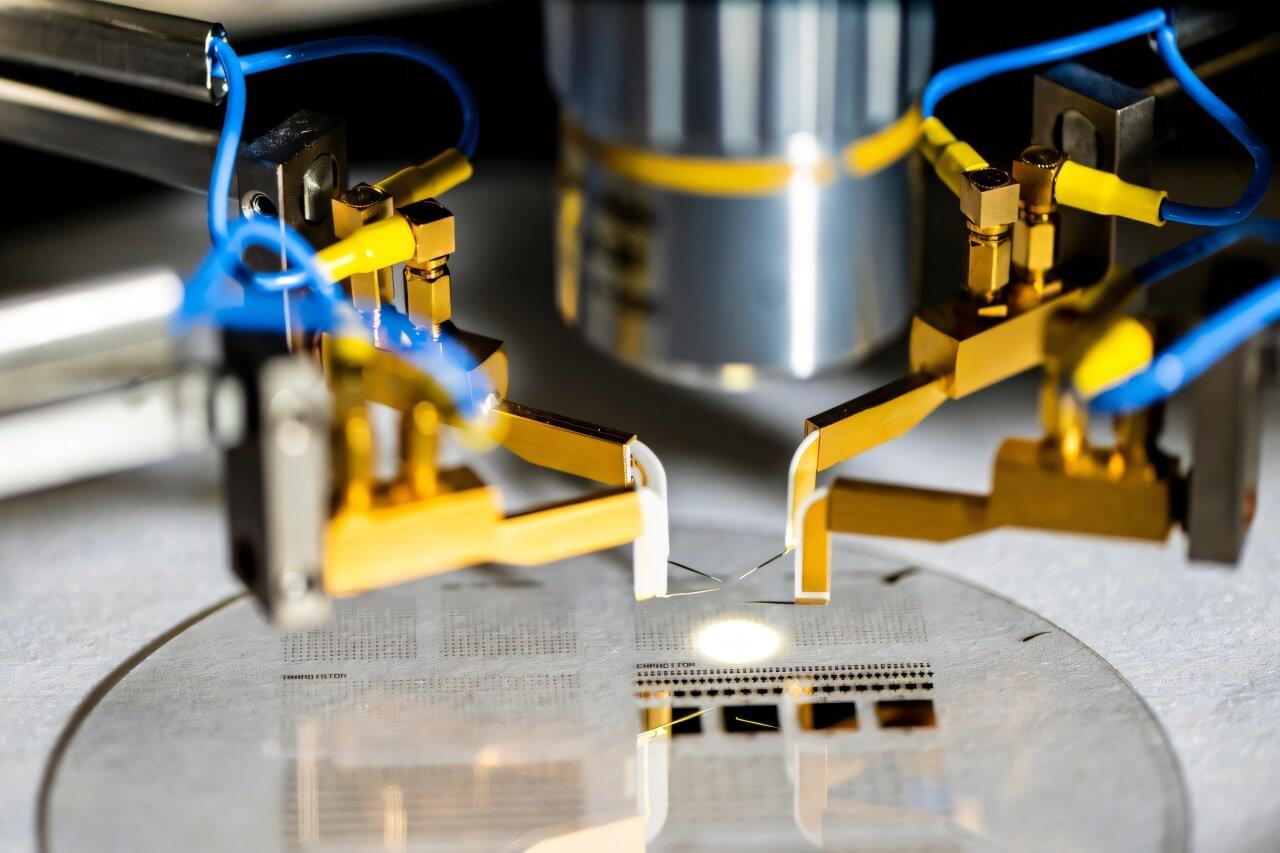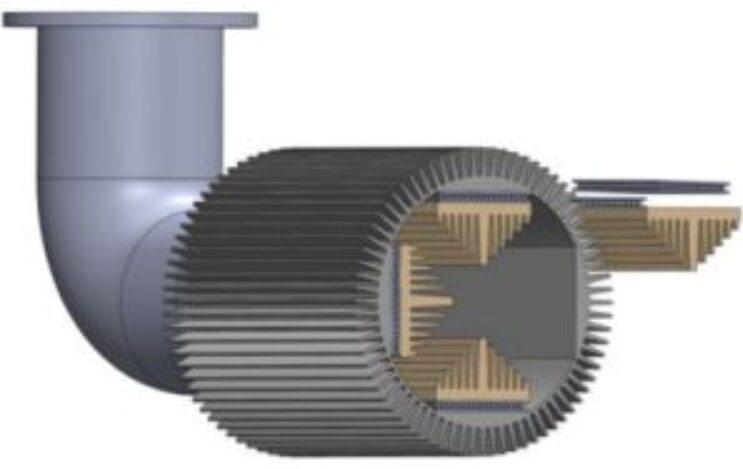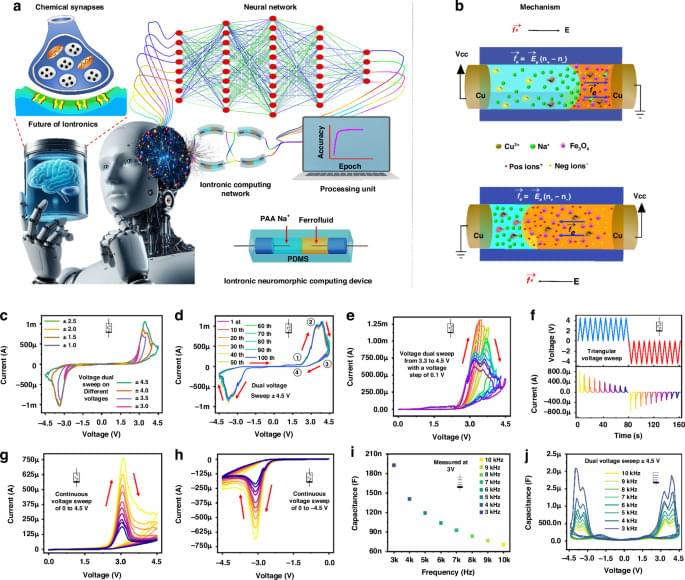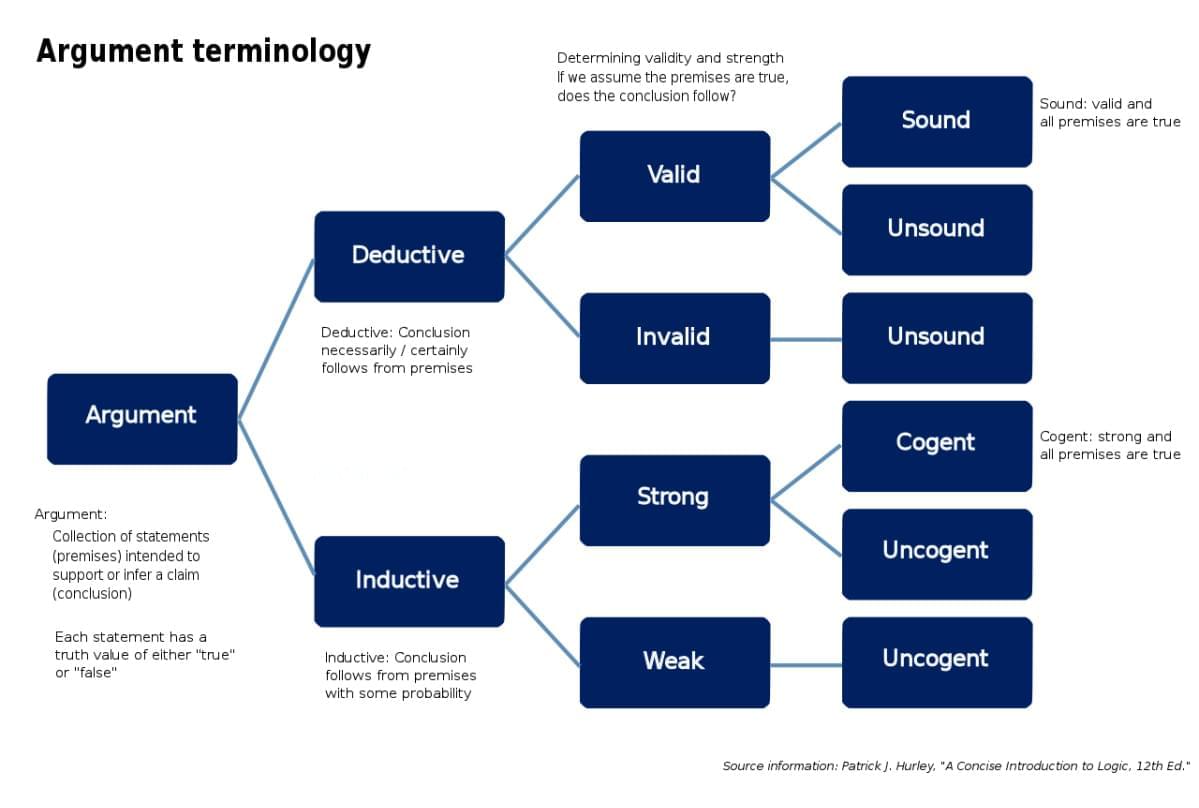A new imaging technique can show the wave-like behavior of unconfined quantum particles.
A research team has shown that a method for imaging atoms held in a 2D array of optical traps can be used to reveal the wave-like behavior of the atoms when they are released into free space [1]. The team placed atoms in the traps, turned the traps off for a short time, and then turned them back on again. By making many measurements of the atoms’ locations after the traps were reactivated, the researchers could deduce the atoms’ wave-like behavior. The team plans to use this technique to simulate interacting systems of particles in quantum states that are not well understood.
Systems composed of many quantum particles, such as certain types of electronic or magnetic states of matter, can be investigated by simulating them using atoms distributed within arrays of optical traps, like eggs in a vast egg carton. One method for studying such atom arrays, called quantum gas microscopy, involves probing the positions and the quantum states of the atoms by using laser beams to make them fluoresce [2]. Joris Verstraten at the École Normale Supérieure in France and his colleagues have adapted the technique to observe collections of atoms allowed to move in free space, unconstrained by traps.
